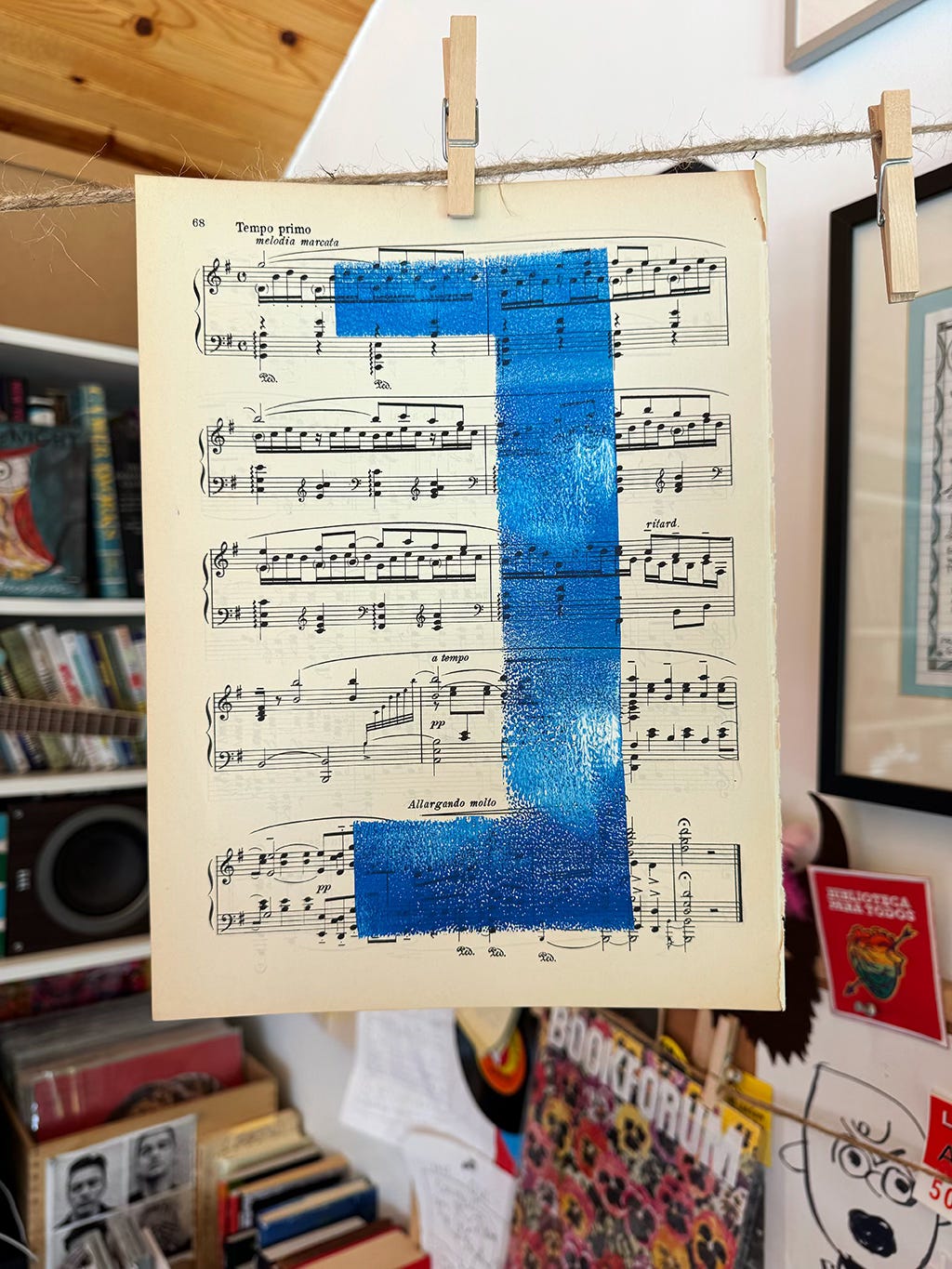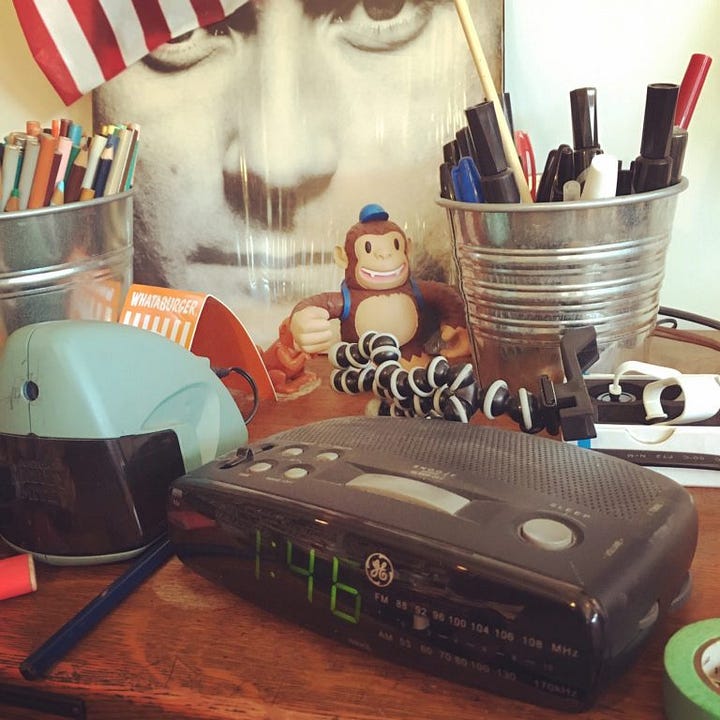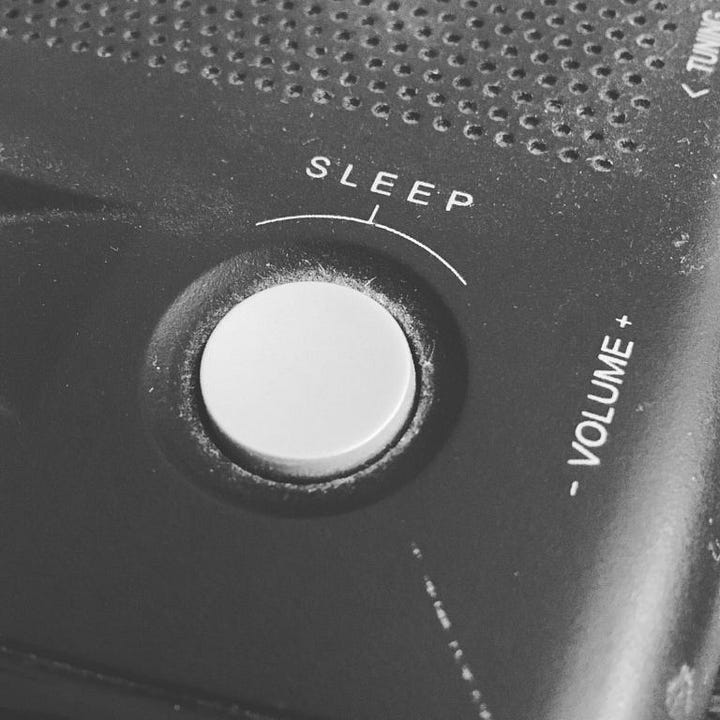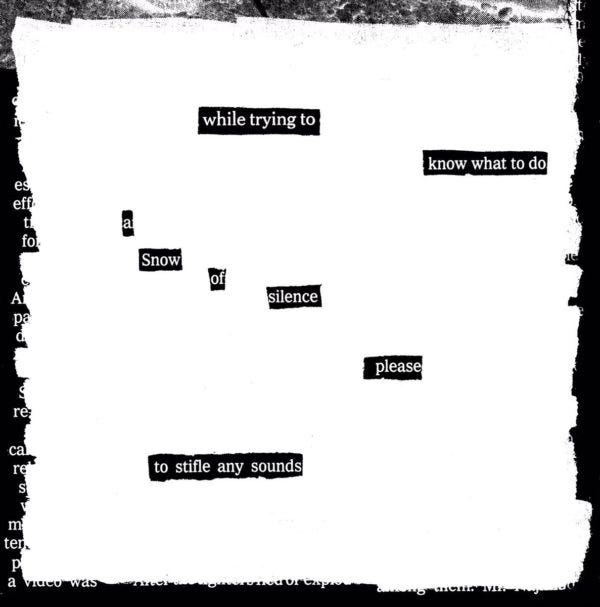The 7 types of deadline music
From silence to ear-piercing tire shop rock, here’s what works for me

Hey y’all,
Before I get started, I'd love to know: What kind of music do you put on when you need to get things done? Tell us in the comments:
Last week I told you about the 5 things that work for me when I’m on deadline, but I left out one of the most important!
Here are the 7 types of deadline music I play in the studio:
1. Silence.
Near-silence is my favorite condition for writing. Silence, as Ursula Franklin said, is a space where something can happen.
Silence is not only the space in which there’s no sound, but there’s no program. Nothing is there so that whatever is essentially unprogrammable can happen. How does anything new happen? In a world where everything is scheduled, everything is listed, everything is programmed, the first thing one needs is space… You have to be open. It doesn’t mean something enormous will happen, but nothing can happen until you clear that space… Nobody has time to even receive anything that is actually new, including their own thoughts...
Silence is golden... if you can get it. My studio is heavily-insulated and a good 30 feet from my family, but there’s still all the annoying noises of the inner suburbs: traffic, leaf blowers, neighbors’ dogs, etc.
Of course, John Cage’s great lesson to us is that there is no such thing as silence:
Try as we may to make a silence, we cannot. For certain engineering purposes, it is desirable to have as silent a situation as possible. Such a room is called an anechoic chamber, its six walls made of special material, a room without echoes. I entered one at Harvard University several years ago and heard two sounds, one high and one low. When I described them to the engineer in charge, he informed me that the high one was my nervous system in operation, the low one my blood in circulation.
Right now, amazingly, it’s very quiet in here. All I can hear is cicadas, the quiet hum of the air conditioner, and the keys clicking on the keyboard. Heaven!
2. No words.
“Words like violence / break the silence”
—Depeche Mode
The majority of my work in the studio has to do with words, so most of the time, I can’t listen to podcasts or audiobooks. (In fact, if there’s a podcast or an audiobook I really want to listen to, I’ll go out of my way to schedule time to work on something non-verbal, like a collage.)
I had the big-brained idea a short while back to keep a special crate of records in the studio that are (mostly) instrumental, so: all of my jazz (a lot of Miles Davis, Bill Evans, John and Alice, Sonny Rollins, etc.) and classical (Bach, Debussy, Satie) records are in there, but also ambient-type stuff by Brian Eno, Hiroshi Yoshimura, Patricia Wolf, Mary Lattimore, etc.
Unfortunately, one half of an LP (about 15 minutes or so) isn’t much time to really get in the zone, so I rarely listen to vinyl when I’m writing!
3. Low volume.
It took me at least three decades of my life to discover the pleasures of listening to music at a very low volume.
Brian Eno says he came up with the idea for ambient music when he was laid up in a hospital bed after an accident and his friend Judy Nylon visited and brought him a record of 18th century harp music:
After she had gone, and with some considerable difficulty, I put on the record. Having laid down, I realized that the amplifier was set at an extremely low level, and that one channel of the stereo had failed completely. Since I hadn’t the energy to get up and improve matters, the record played on almost inaudibly. This presented what was for me a new way of hearing music—as part of the ambience of the environment just as the colour of the light and the sound of the rain were parts of that ambience.


When I just need a little background music, I like to press the S L E E P button on my old dusty AM/FM clock radio and sit down to work. The radio is permanently tuned to KMFA, our local classical station. The clock radio is across the room from my desk, so I’m never tempted to fiddle with it. It’s never turned up very loud. The music becomes background noise and I forget about it.
The S L E E P function lasts about an hour. I know when the music stops it’s probably time to get up and stretch. If I want to write for another hour, I press the button and get back to work. Easy.
4. The same song over and over.
Keep reading with a 7-day free trial
Subscribe to Austin Kleon to keep reading this post and get 7 days of free access to the full post archives.






